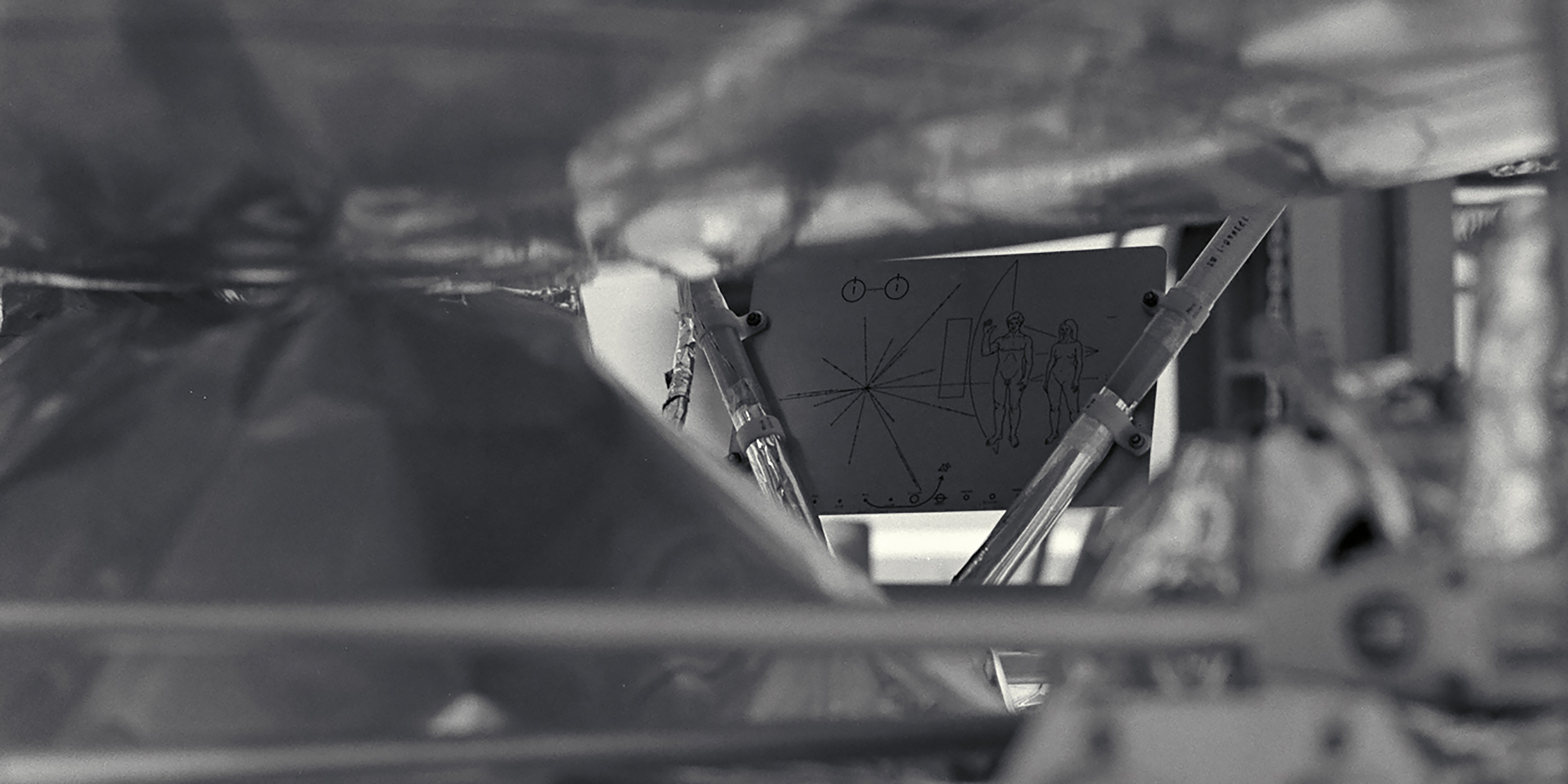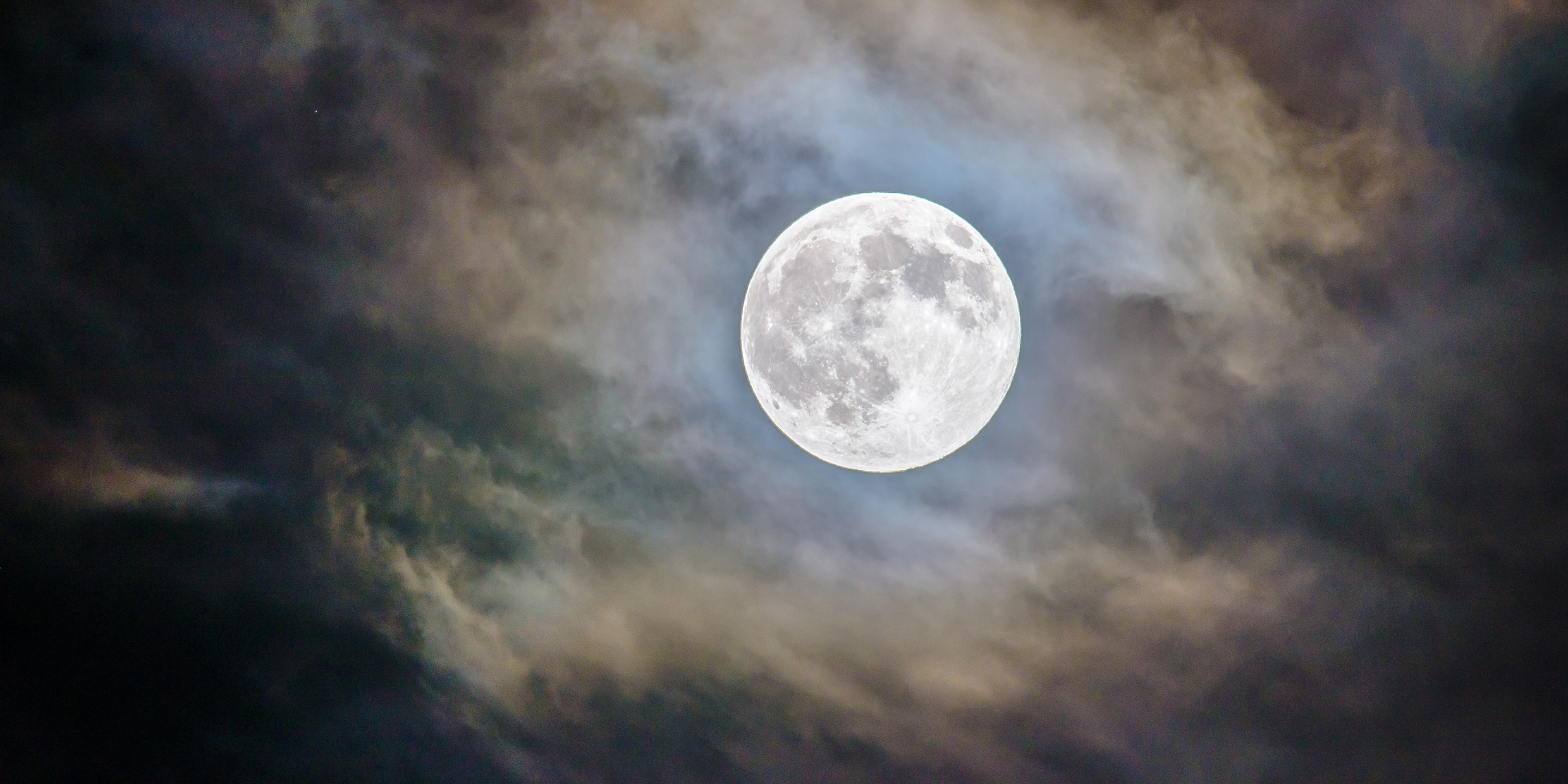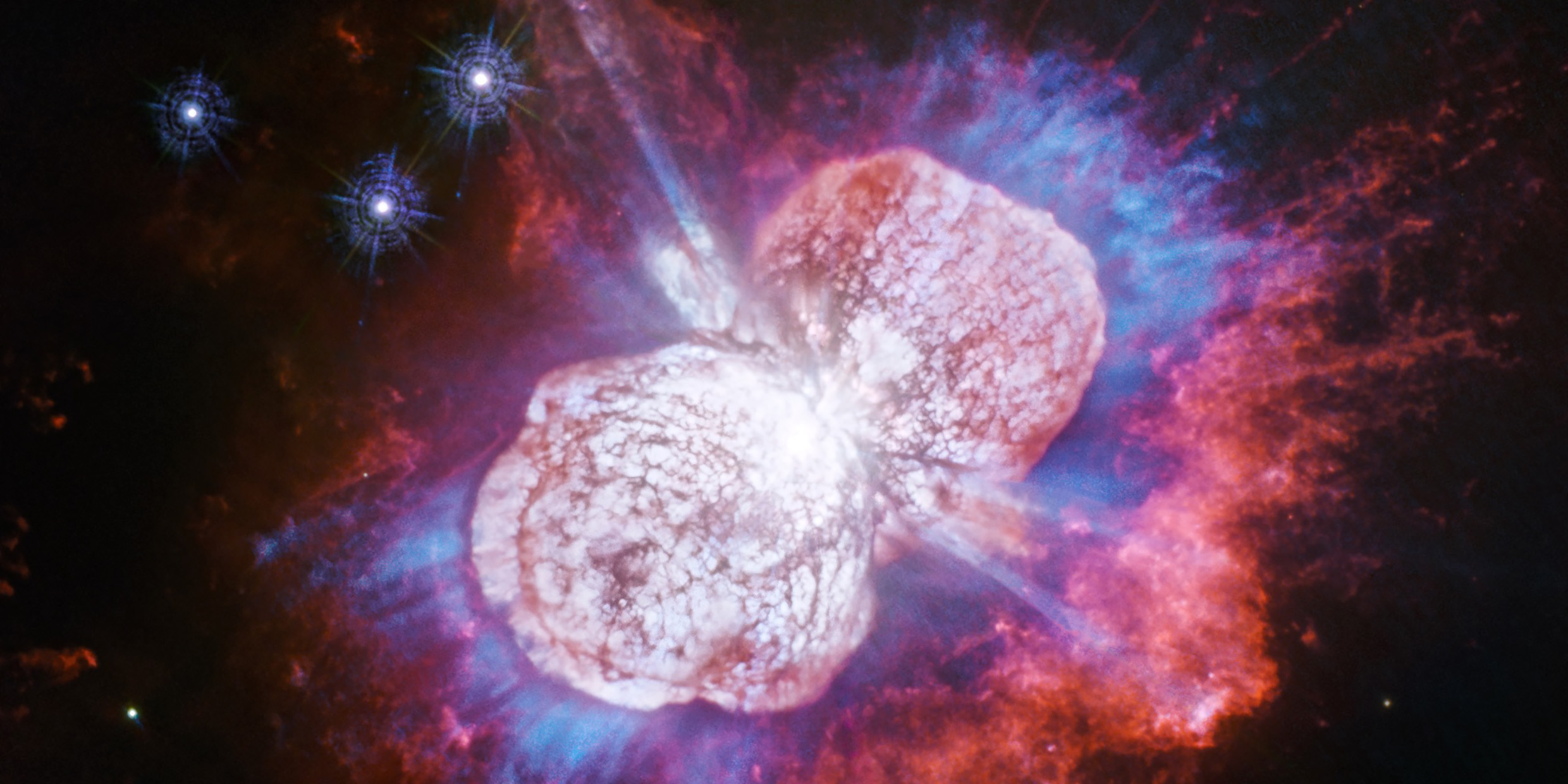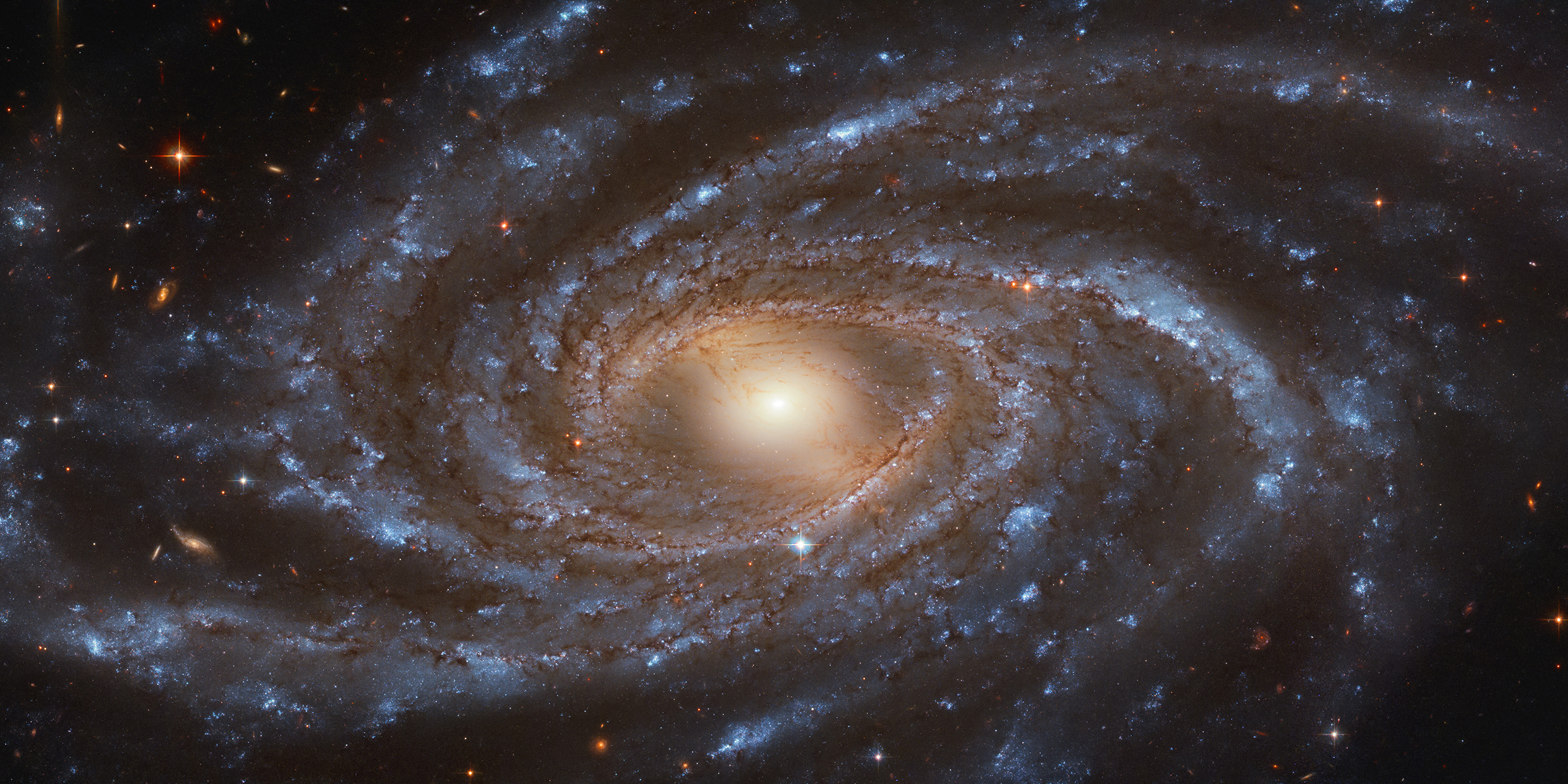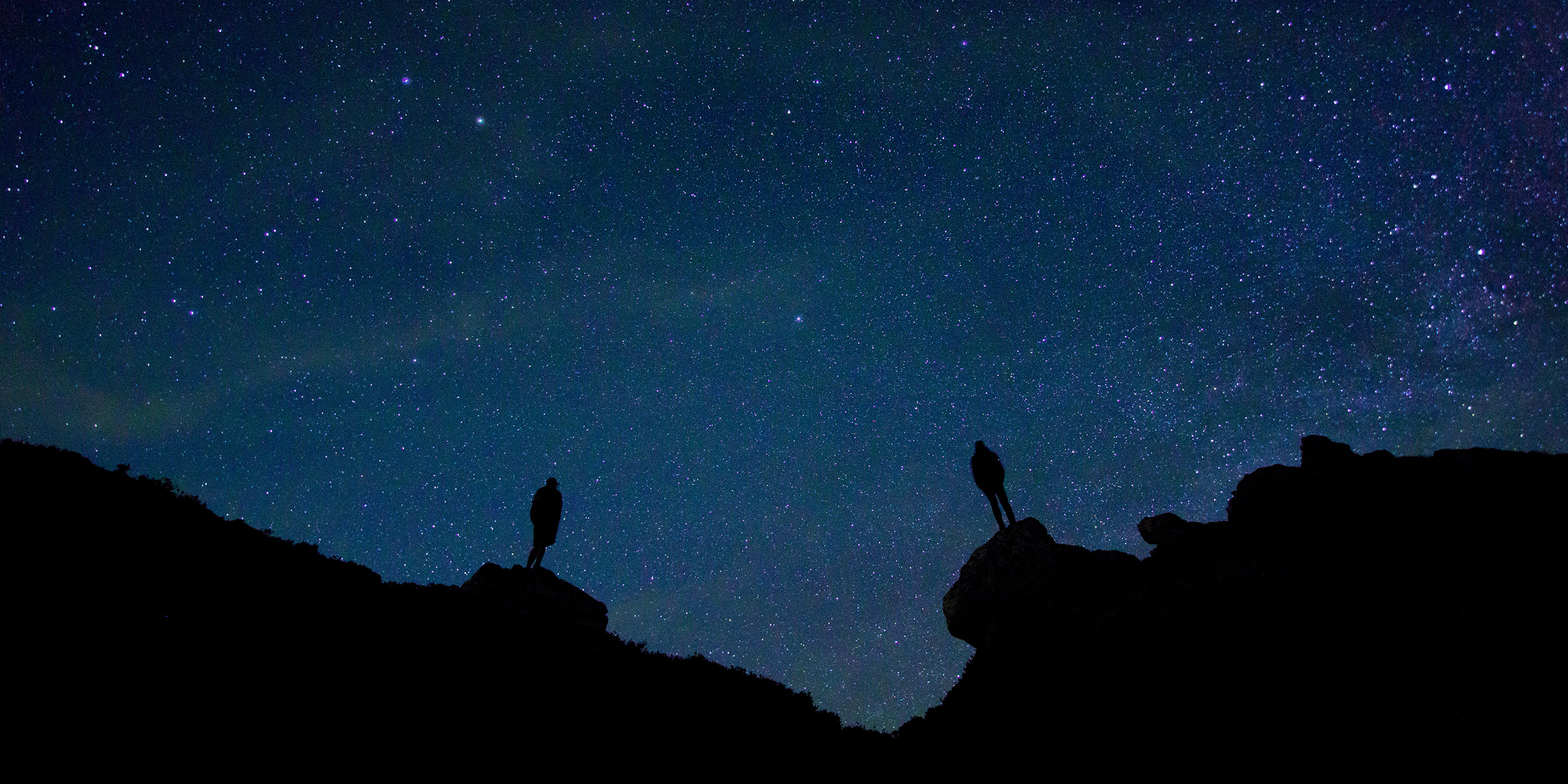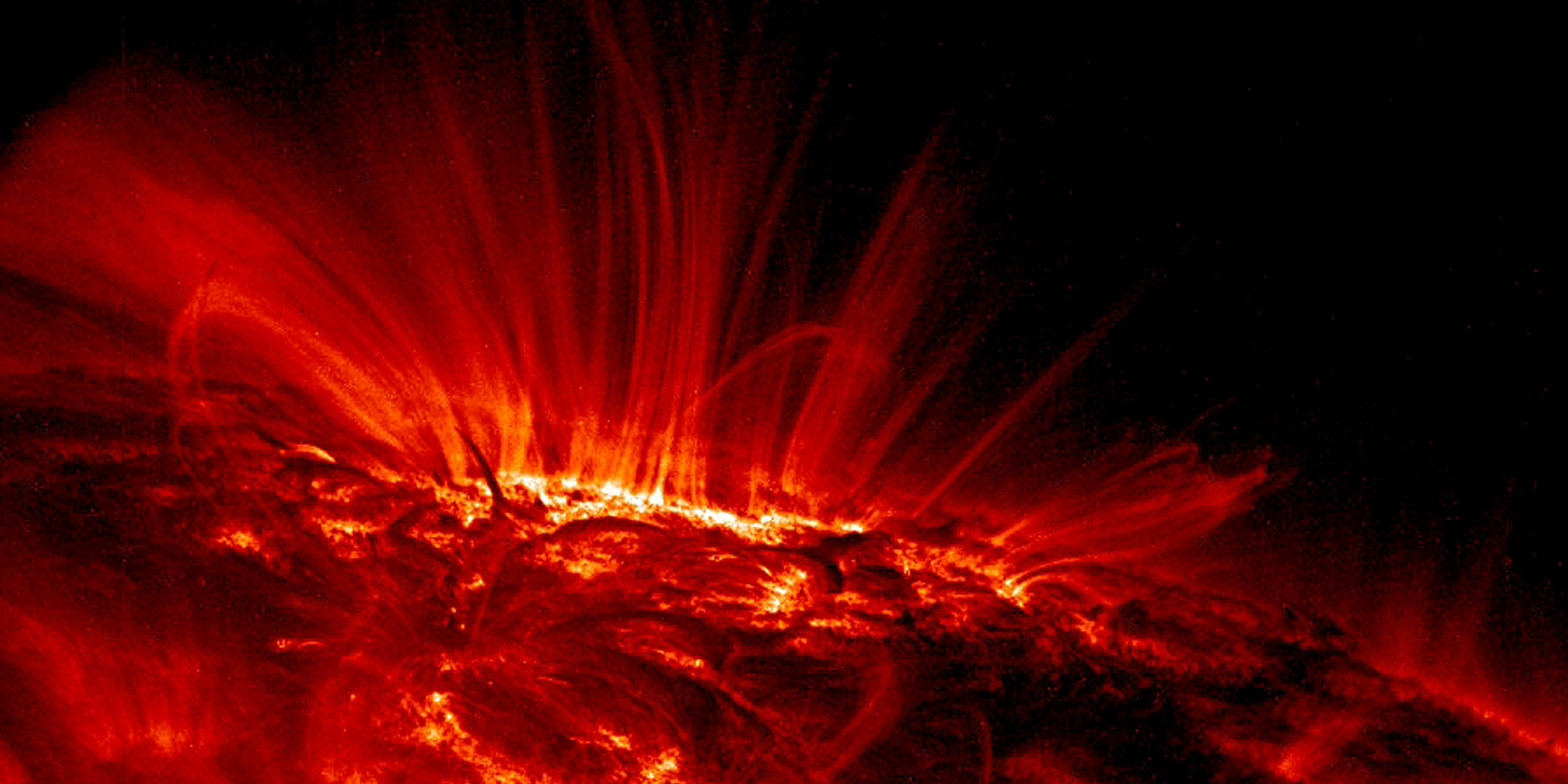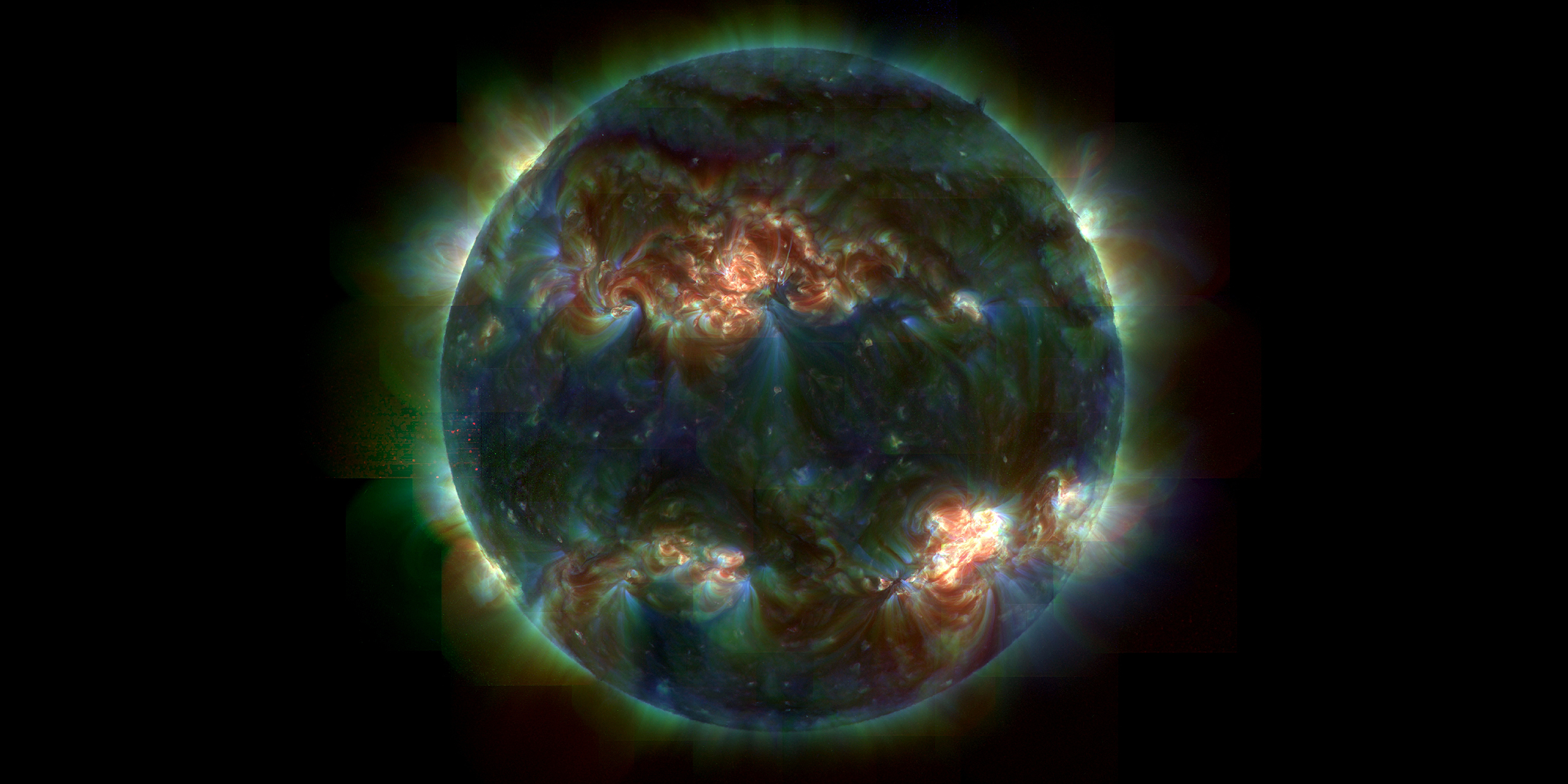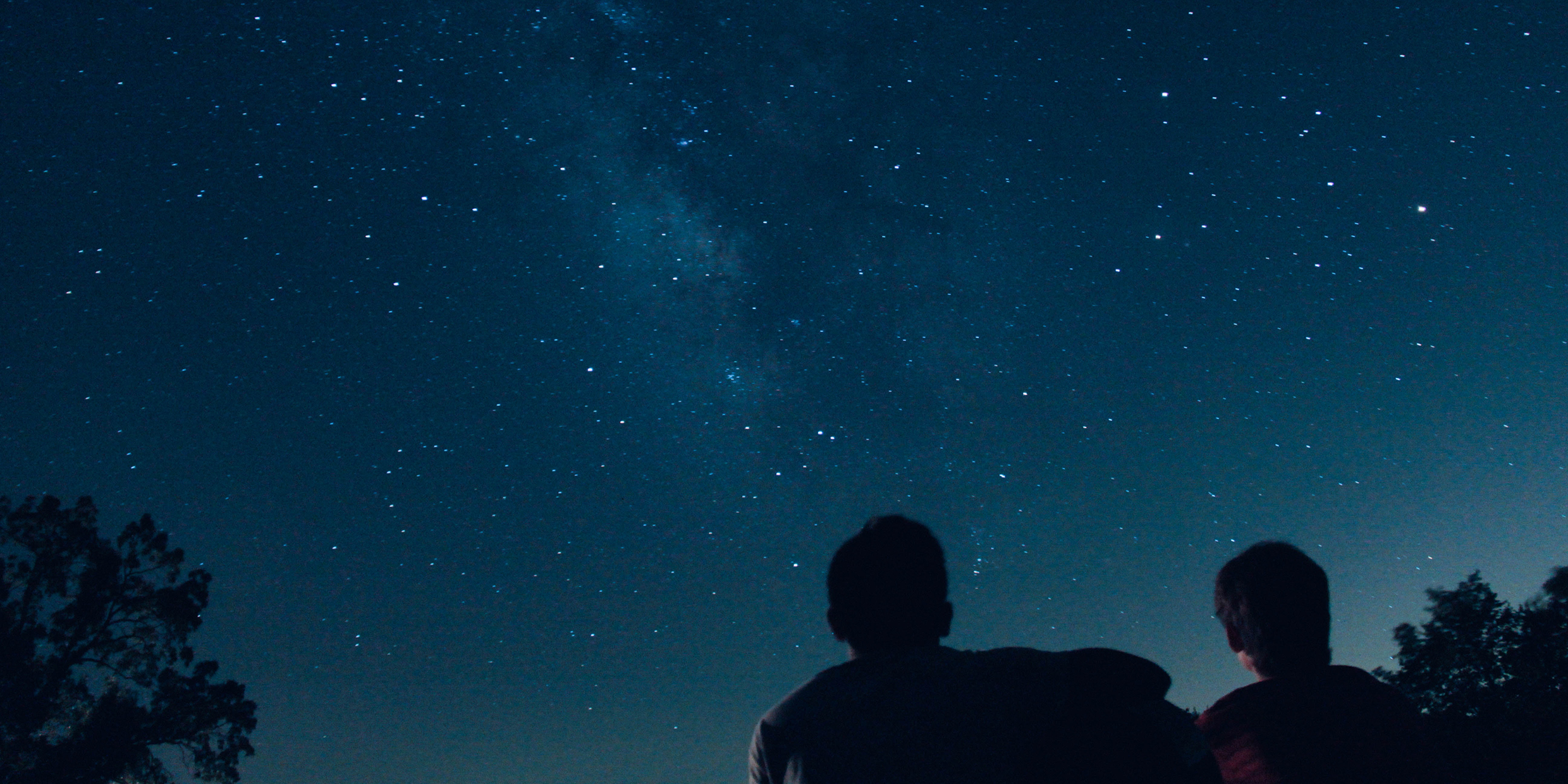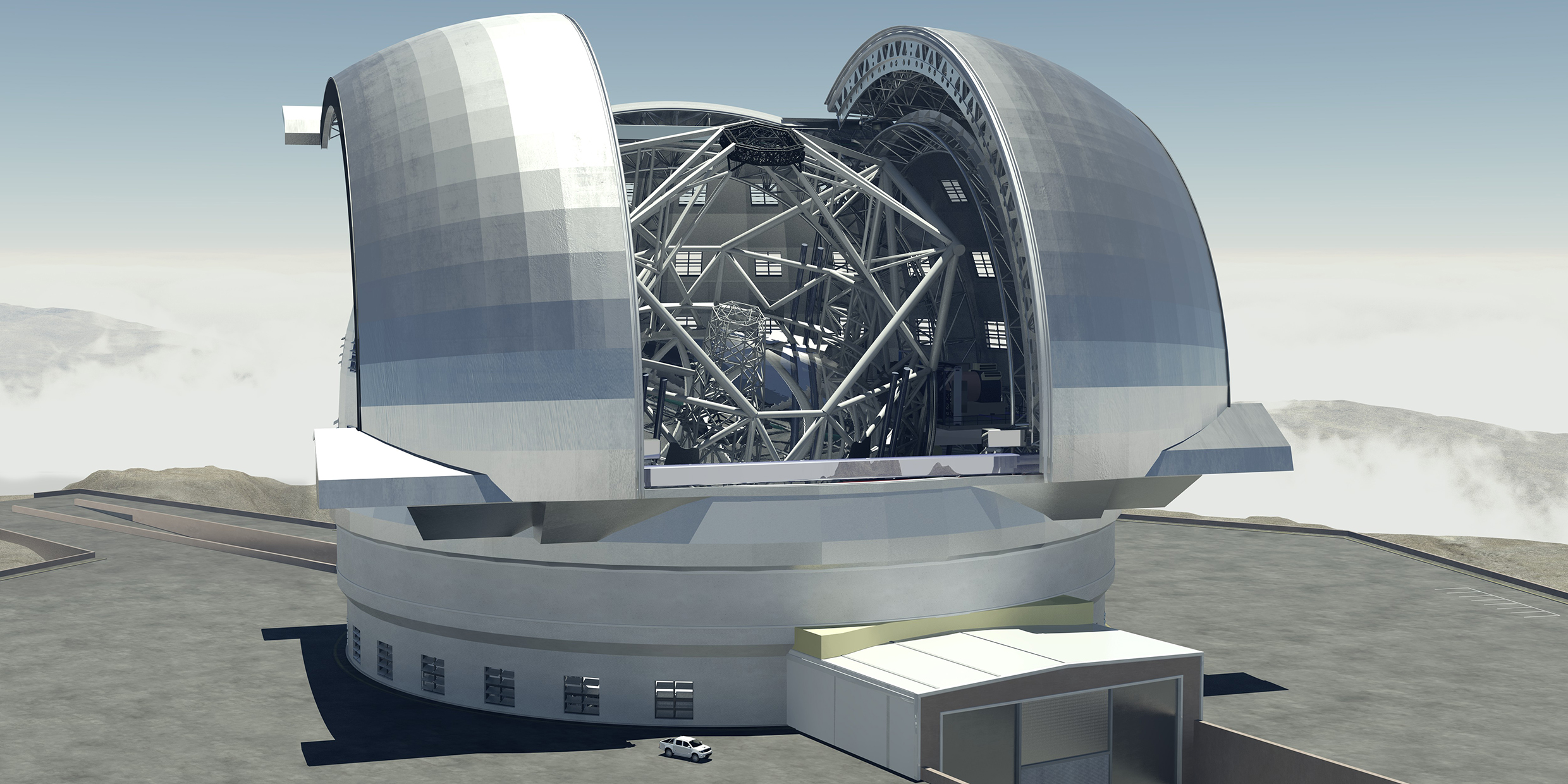Remember 1972?
Astronomy
Computing origin of the ‘lesser light’
Last week, I watched a just-past-full moon rise over the sea, from a place where the sky was dark enough to observe a lunar “dawn” — the sky noticeably brightening before the moon appeared above the horizon. Not as spectacular as a solar dawn, but beautiful in its own subtle way.
Universe’s story unfolds in pictures
Question: How do you turn a star inside out? Answer: You give it time.
Can’t see heavens for all the stars
This is the time of year when anyone who teaches or writes about astronomy is deluged with the question: What kind of telescope should I buy my kid for Christmas?
Even he couldn’t write this script
The noted film director David Lean always felt a bit of a dummy compared to his more academically gifted younger brother.
Shedding light on the sky’s secrets
To the untutored eye the sky seems two dimensional — a dome of glittering dots just up there, like the light-flecked ceiling of the terrestrial ballroom. Only now and then, and only to the prepared imagination, does night’s third dimension reveal itself, as during an eclipse of the sun or moon.
Seeing the sun, feeling the fire
“Knowledge has killed the Sun, making it a ball of gas with spots,” wrote D. H. Lawrence in one of his crankier, anti-science moments. Boy, he couldn’t have been more wrong.
TRACE photos let us perceive the Sun’s power
“Knowledge has killed the Sun, making it a ball of gas with spots,” wrote D. H. Lawrence in one of his crankier anti-science moments. He couldn’t have been more wrong.
A year mapped for stargazing
Thank goodness for Guy Ottewell. If he didn’t exist, I would have to invent him.
Telescopes seek blasts from past
To be human is to be interested in origins.
